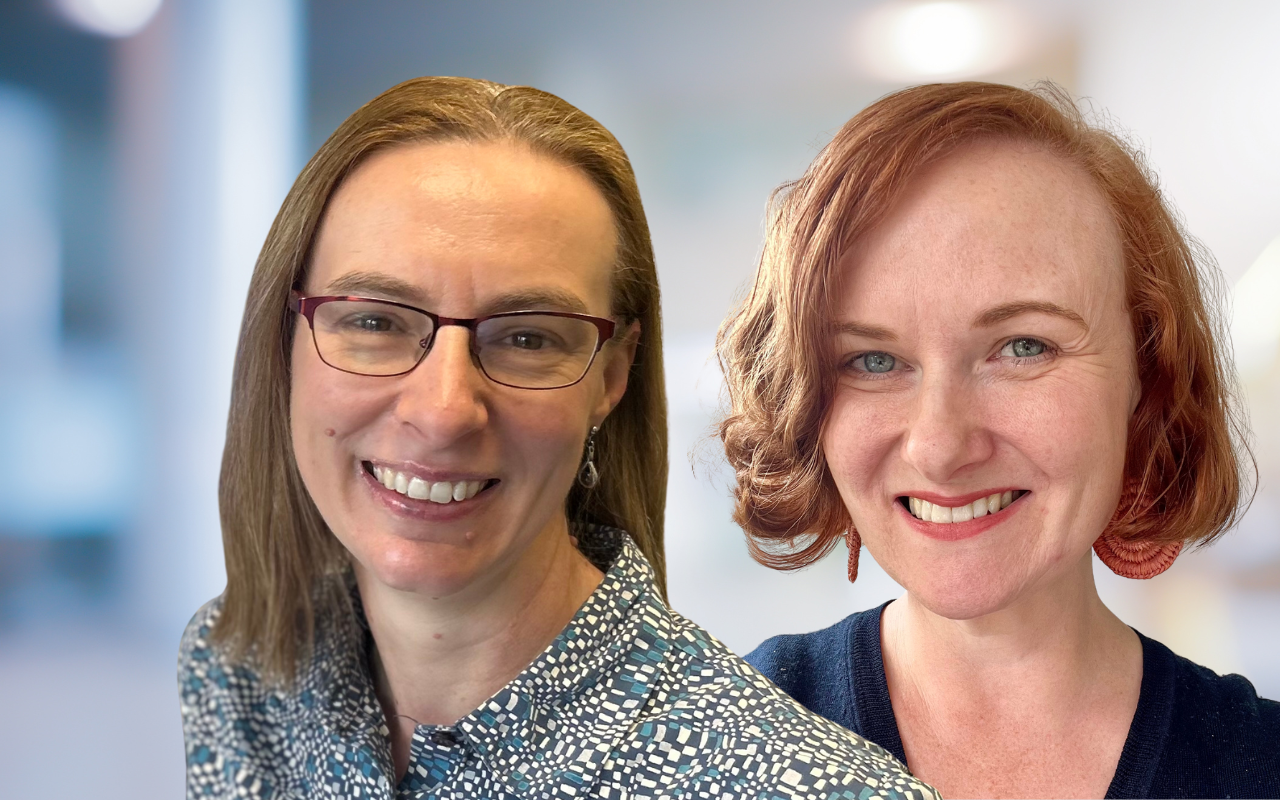The role that interpreters play in health care is complex, difficult and largely unacknowledged. We couldn’t do our job without them.
The first patient arrives, flustered and tightly wound. She’s a refugee six months post-arrival in Australia. The initial flush of finally getting here has started to fade, the winter is getting colder and her children have to take three buses to school. She has increasing requests from her employment services provider to complete English classes and think about looking for work. In the country she left, the humanitarian situation continues to deteriorate and the messages from family left behind are less frequent but more distressing. She’s ostensibly here to follow up on some outstanding blood results from her new arrival refugee health assessment, but it’s clear from the outset there’s going to be a lot more to manage here.
Like almost all of our consults, this appointment is made possible through the Translating and Interpreting Services (TIS National). We dial in, provide some details and — almost miraculously, within minutes — are connected to someone who speaks English and the language of the patient in front of us.
Communication between the patient and doctor is perhaps the foundation of medicine. International Translation Day falls on 30 September, formalised by the United Nations in 2017 to acknowledge the work of all language professionals and their role in world peace and security. The date was chosen in honour of Saint Jerome, a priest from Northern Italy known primarily for translating the Bible into Latin from Greek and Hebrew and considered the patron saint of translators. We want to celebrate the daily contribution of a largely unacknowledged workforce in the clinical space, the Translating and Interpreting Service (TIS National).
The nature of the refugee health service where we work means we use mostly on-call telephone interpreters rather than pre-booked or face-to-face services. Although the interpreters are rostered on to take calls, they are going about their day — sometimes with washing dishes, barking dogs or pedestrian crossings in the background — when we’re connected by the operator, they step out of their worlds and immediately into the intimacy of a consult room.

The complexity of medical interpreting is significant, even for relatively concrete things. It is hard to explain why and how to take eradication therapy for Helicobacter pylori infection in one language, let alone two (“three kinds of tablets, four pills in total, two times a day for seven days”), especially when one cannot see the clunky diagram we’ve drawn to try and demonstrate this. The responsibility is significant; misunderstanding could mean treatment failure or worse.
More commonly though, consults that begin about medications and blood tests become about unimaginable complex trauma. So many of our necessary clinical questions provoke painful disclosures; when we ask about the cause of that scar, about obstetric histories or previous medical care. Seemingly innocuous questions can be far more significant than we realise. All too often, asking about the duration of headaches reveals they began after the assault, or the reason the surgery didn’t happen was because the hospital was bombed. Interpreters hear these stories in their own languages. They may be from the same community as our patients and affected by similar traumas. They give a voice to enormous pain and then are confined to only repeating back our, often inadequate, responses.
We reflect a lot about the experience of the interpreters we rely on. It must be maddening to listen to us trying to find the right words and offer the right supports to people in enormous distress. We are privileged to have some opportunity to try something — different medications, a more strongly worded referral, a counselling appointment — but interpreters are constrained to only giving voice to our offerings. Nor do they have the opportunity for follow up and closure. Traumatic consults and stories stay with each of us; but as GPs, we often have the benefit of knowing how things turned out. Sometimes people do get better, or get accepted for disability support pension or family reunification. Phone interpreters never get to hear more of the story. They join us for that consult, that day, and then move on to the next disjointed part of someone else’s story on the next call. We are awed by their professionalism and patience.
Of course, there are limitations and barriers to any consultation conducted through an interpreter, and particularly a phone interpreter. Everything takes at least twice as long and there can be frustration on all sides when it’s clear the message is somehow being lost in the middle. These sometimes bring moments of shared humour and humanity, when it transpires that we are examining a similarly named finger rather than the troublesome toe.
Back to the first patient. She has mildly elevated thyroid-stimulating hormone and it takes a long time to talk that through. She recounts previous thyroid testing in a now destroyed health system. A plan for follow-up testing is made but it is increasingly clear that the worry about her children heading off to school on buses, in an unfamiliar country where she cannot readily reach them, precludes a real discussion of thyroid symptoms to watch out for. The interpreter weaves between us as we move from talking through the pathology form (which the translator cannot see), to writing a priority housing support letter and agreeing on a date and time for the next appointment that fits with her job seeker obligations. After forty-five minutes, the patient’s circumstances are fundamentally unchanged. Our consult is constrained by resources, time and capacity. Despite this, the patient leaves a little better than when she arrived. We have too little to offer but TIS National is a linchpin of this work. Like medicine, interpreting is an alchemy of art, science and profession. We are fortunate that colleagues at TIS National join us to navigate that liminal space with us and our patients.
Dr Rosemary Wyber is a general practitioner at Companion House and a Research Fellow at the Australian National University.
Dr Steph Davis is a public health physician and general practitioner at Companion House. She works in general practice and policy roles in the ACT.
The statements or opinions expressed in this article reflect the views of the authors and do not necessarily represent the official policy of the AMA, the MJA or InSight+ unless so stated.
Subscribe to the free InSight+ weekly newsletter here. It is available to all readers, not just registered medical practitioners.
If you would like to submit an article for consideration, send a Word version to mjainsight-editor@ampco.com.au.

 more_vert
more_vert
I spent over half a century as a Visiting Geriatrician to Rural and Remote Australia (for the longest time in SA whre rural and remote has real meaning). I adhered closely to the Bio/Psycho/Social model, which gives us the ability to fully understand a unique individual in a unique situation or predicament.I was the younger son of Ukrainian WWII refugees, who were part of a wave of non-English speaking “New Australians” in the late 1940s early 1950s. Many turned to the few migrant GPs for medical services.
It was common practice to use teen-aged children, mostly boys, as trnaslators. On one occasion, I understood enough Croation to realise that the boy was being very rude to his garndmother. To his surprise, I scared the daylights out of him and resolved to minimise occurrences of such behaviour.
The advent of the Telephone Interpreter Service was a God-sened. I could get an interpreter any time anywhere.
On one visit to Port Pirie, I interviwed two Greek widows, in quick succession. These consultations went very smoothly. When we finished, the interpreter told me, “by the way doctor, they don’t really speak Greek. THere must be some sort of Port Pirie dialect”.
An interpreter does not just translate. She understands the meaning and intent of the question, and elicits an appropriate response. It is a high order skill.